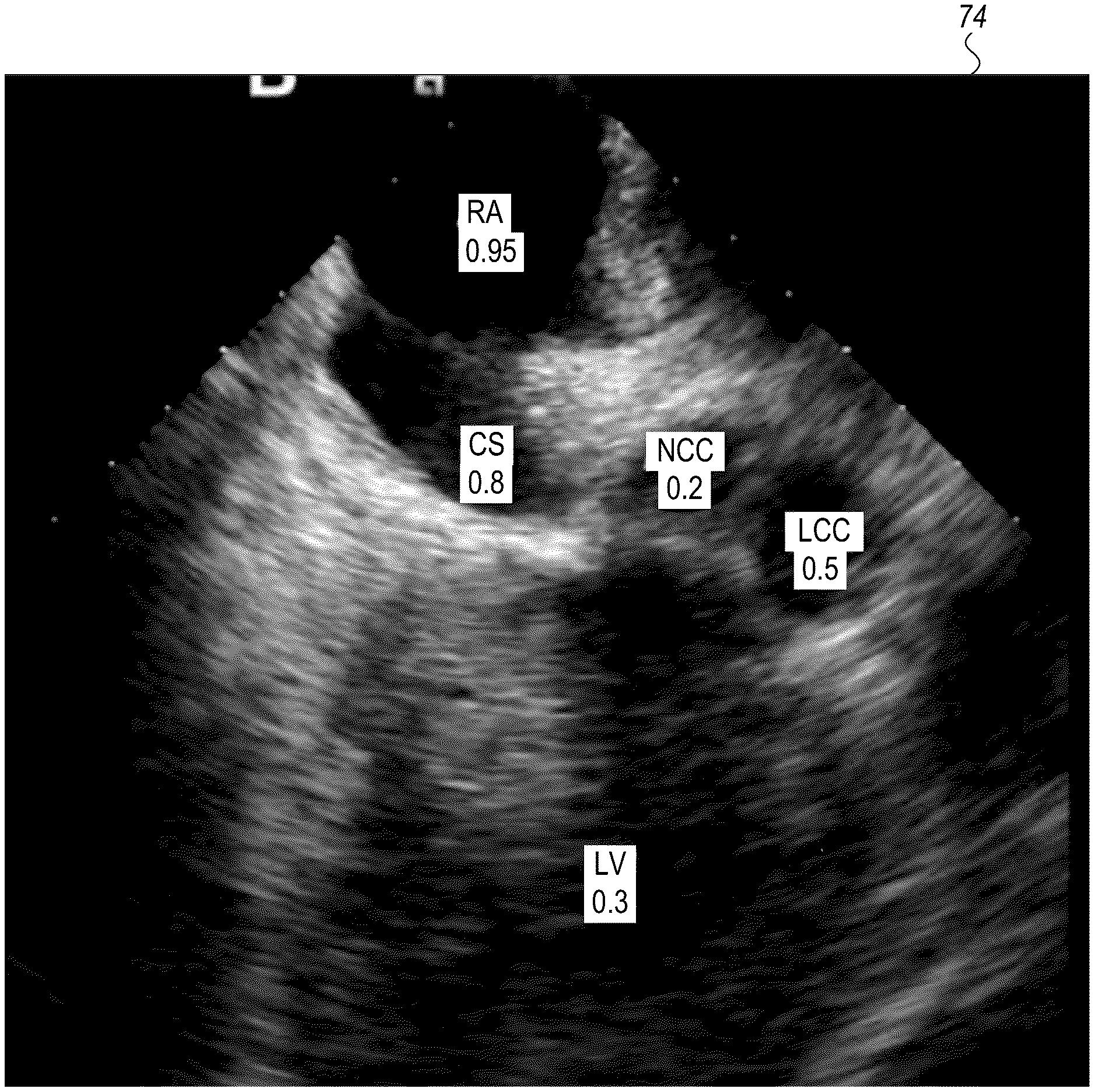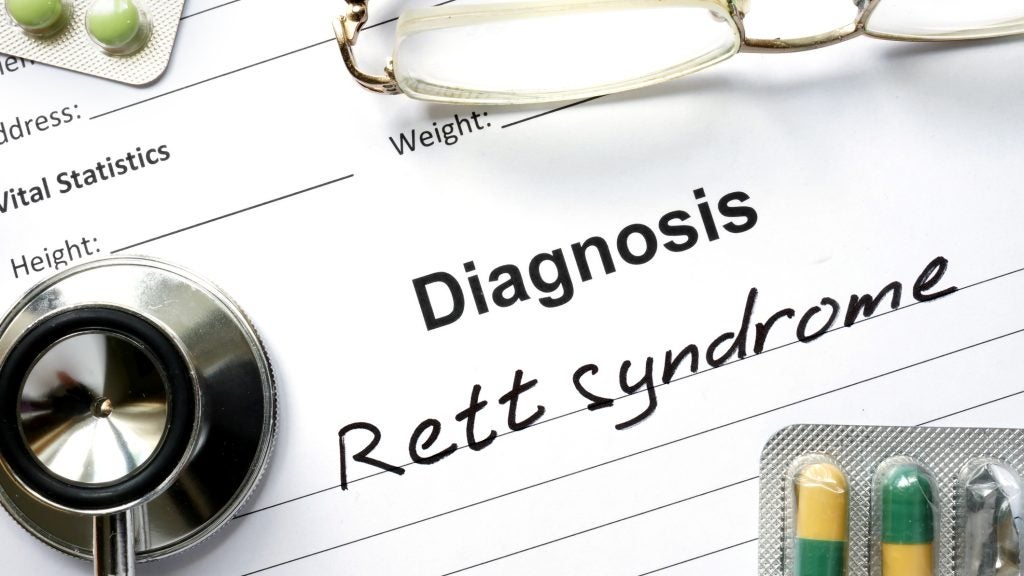Johnson & Johnson’s patented method involves using ultrasound frames to assess heart function. The system processes signals tracking physiological cycles to identify frames showing specific phases, compute image-quality scores, and select frames for further analysis. This innovation aims to improve cardiac imaging quality and diagnostic accuracy. GlobalData’s report on Johnson & Johnson gives a 360-degree view of the company including its patenting strategy. Buy the report here.
According to GlobalData’s company profile on Johnson & Johnson, Surgical robots was a key innovation area identified from patents. Johnson & Johnson's grant share as of February 2024 was 54%. Grant share is based on the ratio of number of grants to total number of patents.
Heart ultrasound image selection based on physiological cycle

A recently granted patent (Publication Number: US11922621B2) discloses a system designed to process signals tracking physiological cycles of a subject and generate ultrasound frames of the heart. The system includes circuitry to receive and process the signals, and a processor to identify frames acquired at specific phases of the physiological cycles, compute image-quality scores for these frames, and select frames based on these scores for further use. The system aims to improve the quality of images showing anatomical portions of interest in the heart, such as the left atrium body, pulmonary vein, and coronary sinus, by utilizing data from physiological cycles.
Furthermore, the patent includes claims for methods and computer software products that involve obtaining ultrasound frames of the heart, identifying frames acquired during specific phases of physiological cycles, computing image-quality scores for these frames, and selecting frames based on these scores for subsequent use. The methods and software products also incorporate the use of neural networks to compute image-quality scores and ensure the selection of high-quality frames. Additionally, the patent outlines the inclusion of warning systems to alert users if the image-quality scores do not meet predefined thresholds. Overall, the patent aims to enhance the accuracy and efficiency of generating three-dimensional anatomical models of the heart by leveraging data from physiological cycles and image-quality assessments.
To know more about GlobalData’s detailed insights on Johnson & Johnson, buy the report here.
Premium Insights
From

The gold standard of business intelligence.
Blending expert knowledge with cutting-edge technology, GlobalData’s unrivalled proprietary data will enable you to decode what’s happening in your market. You can make better informed decisions and gain a future-proof advantage over your competitors.




